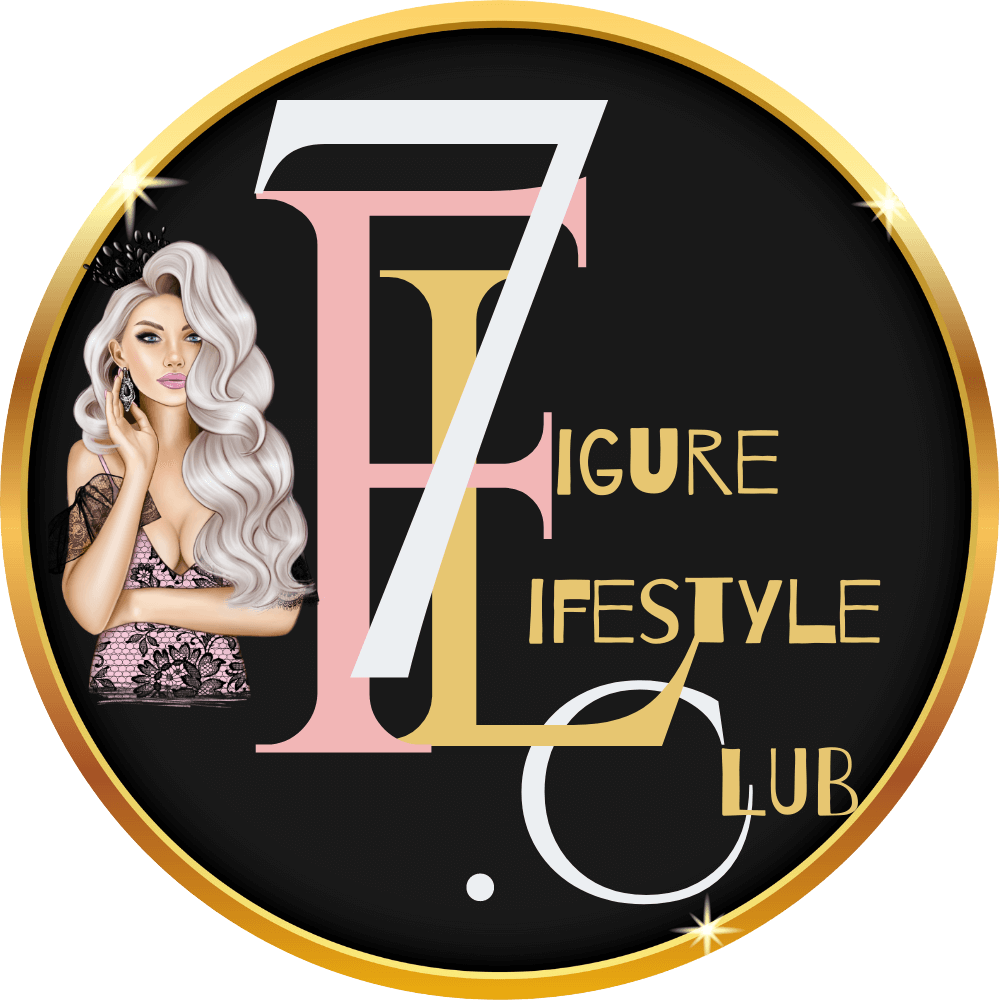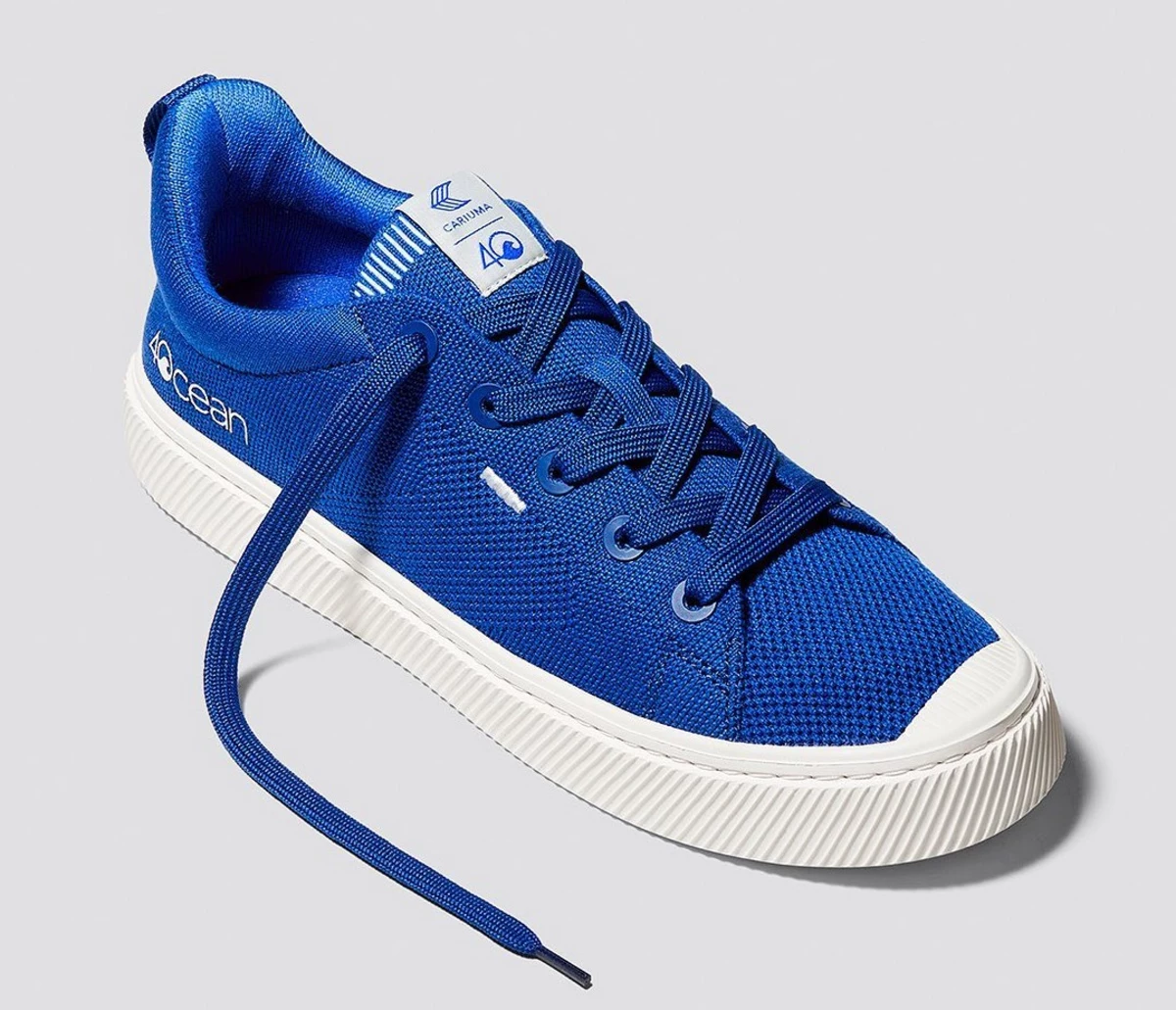/https://specials-images.forbesimg.com/imageserve/60d89873161842fddbde383e/0x0.jpg)
Canada Goose Plans To Go Fur-Free By 2022 – Will The Alternative Material Be Sustainable?
[ad_1]
Photographer: Christinne Muschi/Bloomberg
© 2018 Bloomberg Finance LP
In a public statement released on June 24, luxury outerwear brand Canada Goose announced its plans to go fur-free by 2022. In a phased approach, the organisation will end the purchasing of all fur by the end of this year and halt all manufacturing with fur by the close of 2022.
Dani Reiss, president & CEO of the Canadian company stated: “We continue to expand – across geographies and climates – launching new categories and products designed with intention, purpose and functionality. At the same time, we are accelerating the sustainable evolution of our designs.”
The news is welcomed by many animal rights groups and campaigners who have protested for years against the brand’s use of coyote fur and goose down in their famed fur parker jackets.
The promise to end the use of fur comes as part of Canada Goose’s accelerated environmental and sustainability commitments, codified in their latest sustainability report, as opposed to a direct response to the lobbying of activists.
In recent years, the brand has incrementally experimented with introducing more environmentally sound material alternatives into its product offering. For example, the Standard Expedition Parka, claimed to generate 30% less carbon emissions and requires 65% less water throughout its life cycle. Similarly, new lines including the fur-free Cypress and Crofton jackets are made from recycled nylon to decrease reliance on virgin materials.
The company’s wider climate strategy and consciousness towards ESG has driven commitments to achieve net zero emissions by 2025. Their efforts thus far have been met with a degree of success following the announcement that carbon neutrality has been achieved across the company’s scope 1 and scope 2 emissions. Elsewhere, Canada Goose’s participation in industry initiatives like bluesign® and progress towards joining the Responsible Down Standard (RDS) signal a genuine commitment to improving their manufacturing processes. Many of these actions have been guided by HUMANTURE, the brand’s ‘purpose-driven platform that unites its sustainability and values-based initiatives’.
The need to scale authentic sustainability programmes is critical given the company’s seismic growth following its IPO on the New York Stock Exchange in 2017 and surge in demand, largely stimulated by direct-to-consumer online sales and custom from mainland China. With a forecasted revenue of over $1 billion for the financial year of 2022, re-engineering the business to benefit people, planet and animal welfare is essential to deliver positive and long-term environmental and social value.
This significant pledge emulates the move of many other luxury fashion players such as Gucci, Prada and Stella McCartney who have denounced the use of animal fur. These practices have also been encouraged by the likes of the British Fashion Council, who banned real fur from exhibition at London Fashion Week in 2018.
President of animal rights organisation PETA, Ingrid Newkirk celebrated the announcement from Canada Goose last week, noting: “After years of eye-catching protests, hard-hitting exposés, celebrity actions, and legal battles, the company has finally conceded and will stop using fur – sparing sensitive, intelligent, coyotes from being caught and killed in barbaric steel traps. PETA will now re-engage the company to push for an end to its use of feathers, which geese and ducks continue to suffer for.”
However, as brands continue to rebuke animal fur, what will the likes of Canada Goose use as viable and truly sustainable alternatives? Across fashion market segments, from luxury to high street, the use of faux fur substitutes has become a highly contentious subject given their heavy reliance on synthetic textiles including acrylic, modacrylic and polyester.
Leaning on petroleum derived plastic materials for the creation of faux fur garments is problematic due to the environmental degradation that is caused by their microfibre shedding and chemical treatment. The ubiquity of synthetics across the fashion industry is highlighted by the recent RSA report which surveyed the material properties of 10,000 items and found that a staggering 49% were made of polyester, acrylic, nylon and elastane.
Confidence in faux fur replacements has been encouraged by the introduction of innovations like KOBA® which was debuted in September 2019 by Stella McCartney at Paris Fashion Week. The fashion house collaborated with ECOPEL, a faux fur artisan developer and chemical conglomerate Dupont, to construct the textile which is made from corn-by product and blended with recycled polyester. ECOPEL claims this textured, vegan material reduces energy consumption by 30% and greenhouse gas emissions by 63% compared to conventional synthetics. The raw materials for KOBA®, which is now featured in Stella McCartney outerwear, is sourced from from OEKO-TEX® certified suppliers, Kanecaron and Dupont. Stella’s team were motivated to find a credible alternative that delivered a higher level of quality than polyester and secondly, suitable environmental credentials that modacrylic did not offer.
Elsewhere, new feasible and scalable solutions continue to enter the design space. For instance, Ukrainain company DevoHome have invented a fur made from hemp and Kiev-based label Ksenia Schnaider has crafted denim fur from reused and recycled denim off-cuts.
Canada Goose have yet to disclose what new materials will be used to replace the fur in their iconic jackets, if they will be circular or will contain synthetics, whether that be virgin or recycled. Given the brand’s market penetration of the luxury outerwear sector, suppliers who are able to meet their material demands for fur alternatives through innovation and textile research and development have much to gain. This is especially the case if competitors such as the Italian Moncler follow suit in distancing themselves from animal-based products.
For the anti-fur community, positive strides continue to be made as the U.K.’s Department for Environment, Food and Rural Affairs (Defra) launched a public consultation in May to gauge the sentiment for tighter welfare standards and regulations on animal fur following Brexit. This momentum has also accelerated in the wake of the concerns that millions of mink animals on farms in Denmark could be housing a mutated form of coronavirus.
[ad_2]
Source link



 We use cookies to optimize our website and our service.
We use cookies to optimize our website and our service. 

Responses